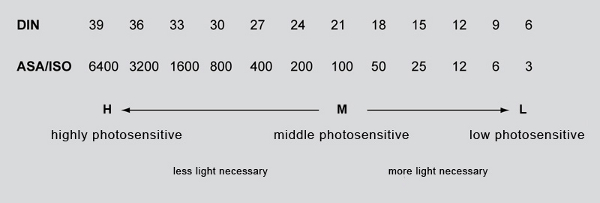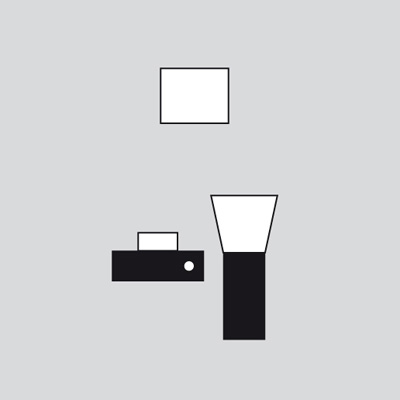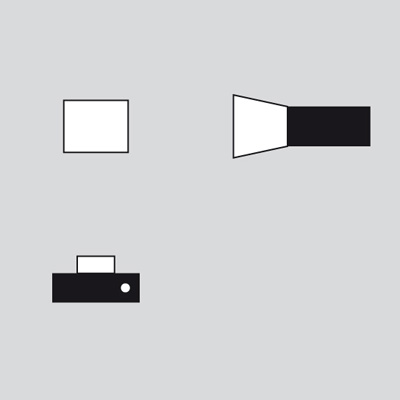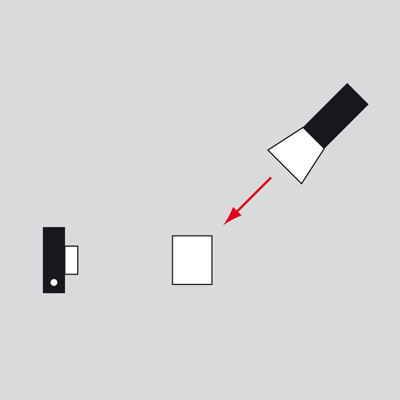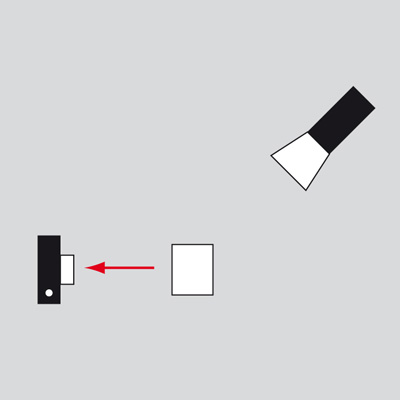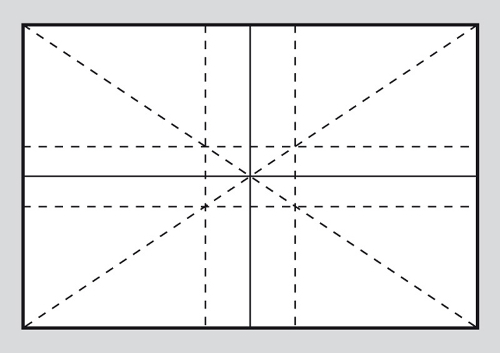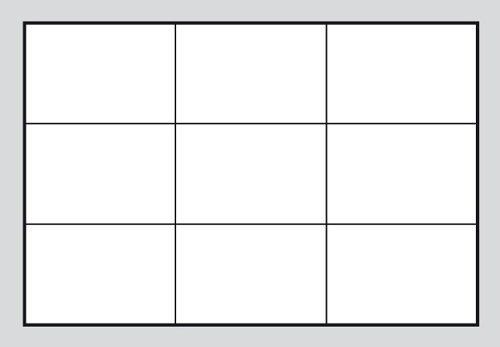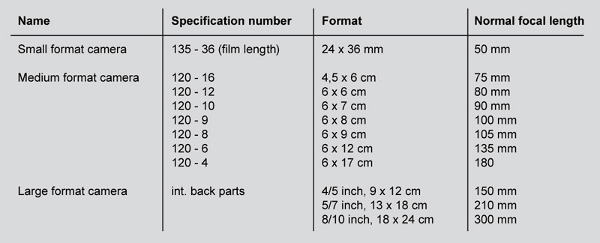(skateboard) photography introduction
The most important factors in photography are the aperture (f-stop), the shutter speed and the film speed (ISO).
APERTURE (f-stop)
The aperture is a metal part in the optics of the camera, which can be closed and opened. The aperture determines the amount of light that is projected onto the film. The wider the aperture is opened, the more light comes through and the shutter speed will be faster. The more the aperture is closed, the less light comes through and the shutter speed will be slower.
The aperture also controls the depth of field. The more it is opened, the lower the depth of field. The further it is closed, the further the depth of field.
The smaller the f-number (f-stop), the wider the aperture is open. The larger the f-number (f-stop), the more closed the aperture.
Aperture range:
SHUTTER SPEED
The shutter speed controls the time of exposure. Depending on how long you expose, it affects the motion sharpness. With very fast shutter speed motions are frozen. But the slower the shutter speed is, the more you get motion blur.
The shutter speed range:
FILM SPEED (ISO / ASA)
There are light sensitive and light insensitive films. The disadvantage of light sensitive film (a so-called fast film) is the coarser grain – the resolution and focus suffer.
3 steps are one f-stop difference. A so-called 200 ASA film needs half the light that a 100 ASA film would need.
The international sensitivity range:
LIGHT TYPES
There are the direct light and indirect light. The direct light shines directly on the object, while indirect light is reflected from a second object on this object.
Direct light sources can be divided into hard and soft: Hard light comes from a punctual light source (e.g. the sun) and throws harsh shadows. Soft light comes from a flat, broad light source (e.g. the whole sky on a cloudy day). The shadows are indistinct, the light seems more pleasant.
POSITIONS OF LIGHT
Incident light: The incident light illuminates the object from the front – emphasizing color and shape.
Sidelight: Sidelight illuminates the object directly from the side. This results in a relative balance of color and shape on the photo.
Back light illuminates an object from behind. Thus the object has shape but no color.
PHOTOMETRY
Photometry is divided into spotmetering and incident metering:
Spotmetering measures the light reflected from the subject. A black velvet, for example, reflects little light. A white board on the other hand reflects a lot of light.
Any SLR’s built-in photometer is a spotmeter.
With an external photometer the ratio between the brightest and darkest spots in the picture can be determined. This is called the subject’s contrast.
Incident metering measures the direct light that falls on the subject. This can only be determined with a photometer. The ratio between the brightest and dimmest lit spot in the picture is the lighting contrast.
Between white and black are 4 f-stops. The photometer is calibrated to an intermediate value (gray card). Thus, if a gray cardboard is measured and a black and white cardboard gets photographed, all images would be gray. Hence, to get a saturated white color, the image should be overexposed by 2 f-stops. In return, to get a saturated black, the image should be underexposed by 2 f-stops.
COMPOSITION (GOLDEN RATIO / RULE OF THIRDS)
Two easy rules exist for a good composition – the golden ratio and the rule of thirds.
The golden ratio divides lines in the ratio 2:3, 3:5.
The main subject should be on one of the intersections of these lines.
It is also important that you pay attention to the subject’s line of vision – always to the center of the image.
The golden ratio:
The rule of thirds:
CAMERA FORMATS
A list of all camera formats:



